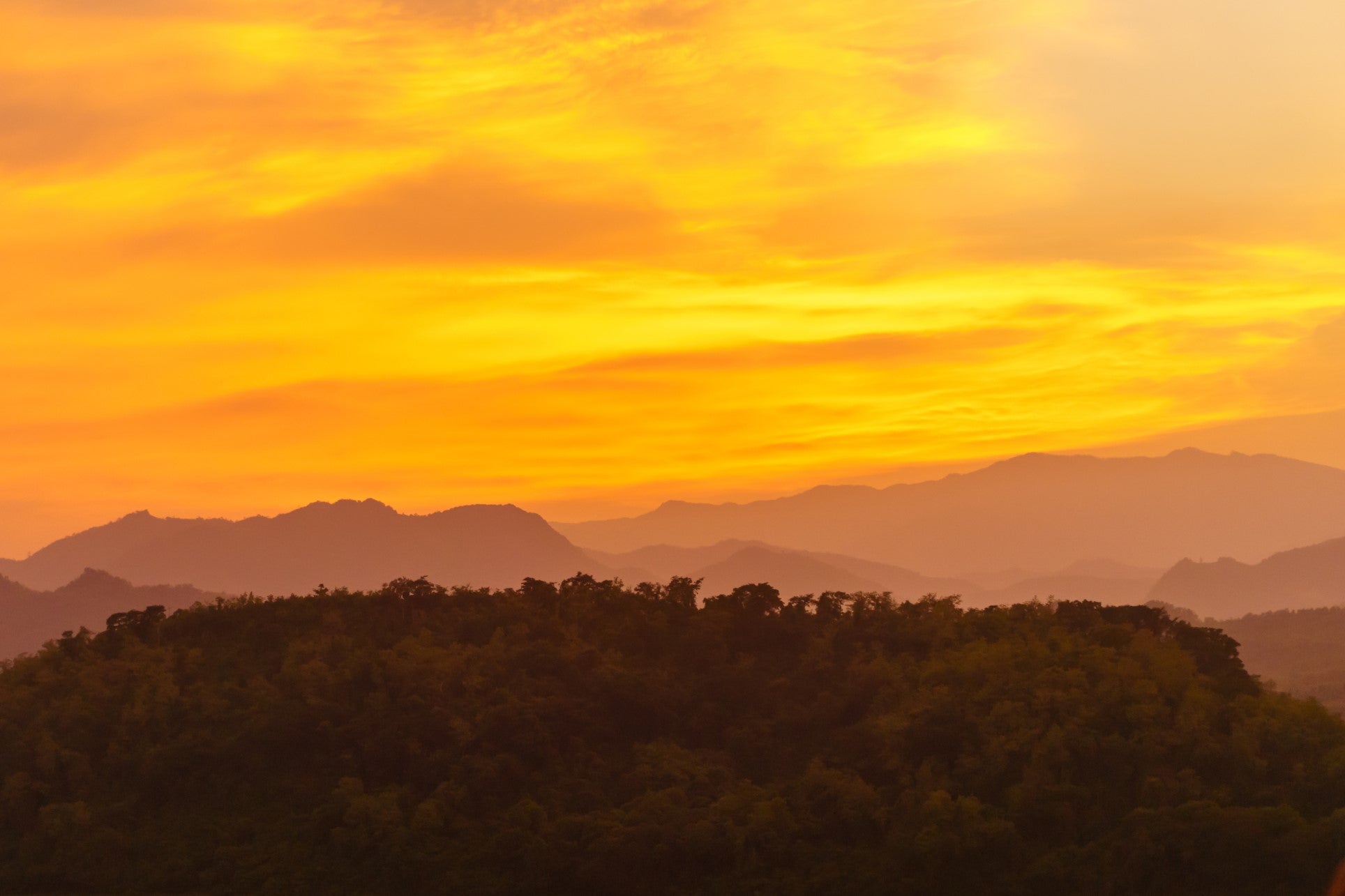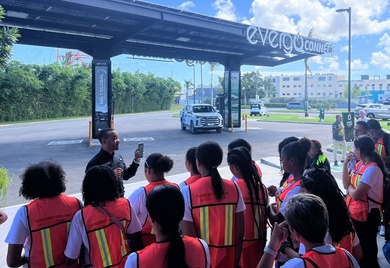2024, the Year the World Turned Its Eyes to the Amazon Region

Few regions in the world face the dual situation of being one of the most threatened by the climate crisis while also being a source of many solutions to the planet's most significant challenges.
This reflection dominated the sessions of the IDB Invest Sustainability Week 2024, held in June in Manaus, in the heart of the so-called 'lungs of the planet.'
With collaboration, movement, and impact as guiding principles, Manaus saw the emergence of a transformative movement aimed at paving the way for a more sustainable and inclusive future for Latin America and the Caribbean.
The Amazon is a barometer for the health of our planet and is at a critical point in determining our path toward sustainable development.
We must seek solutions for decarbonization, adaptation, and biodiversity protection, benefiting both nature and people. In this blog, we explore some of these proposals:
Businesses are not part of the Amazon region's problems; on the contrary, they are crucial to the solutions that drive sustainable growth, create new opportunities, and build resilience to climate change.
With profitable and sustainable investment opportunities in social and economic sectors, climate change adaptation, inclusion, and bioeconomy, the private sector can do much to preserve the environment, people, and their culture.

Some solutions to the Amazon's challenges are already underway, with private sector initiatives addressing forest fires, deforestation, and soil degradation.
All this is thanks to digital and technological tools that have improved environmental protection and the lives of the region's inhabitants.
Read the Blog: AI, Data, and Algorithms to Protect the Amazon region
Another sector where the private sector can play a crucial role in protecting the Amazon region is the production of one of the most demanded and well-paid products in the world today: superfoods.
There are challenges, of course, but this high demand, combined with environmental factors that make some of these crops highly adaptable and resilient, opens the door to improving the living conditions of many people.
Read the Blog: Superfoods Also Help Care for the Health of the Amazon
These examples show that with joint work between governments and the private sector and some creative financing formulas, the Amazon region can become the source of great solutions for the planet's future.
LIKE WHAT YOU JUST READ?
Subscribe to our mailing list to stay informed on the latest IDB Invest news, blog posts, upcoming events, and to learn more about specific areas of interest.
Subscribe



